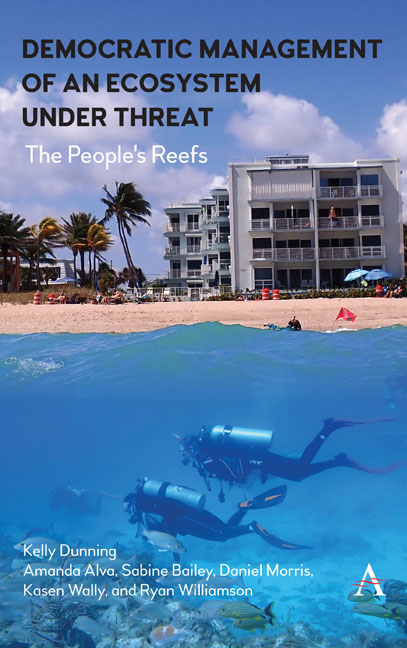Book contents
- Frontmatter
- Contents
- Miscellaneous Frontmatter
- Part 1 The Climate Change Challenge to Coral Reefs That Will Require Conservation Theory And Practice to Evolve
- Part 2 Case Studies
- Part 3 Summary and Conclusions
- Appendix Chapter 5
- Appendix Chapter 6
- Appendix Chapter 7
- Appendix Chapter 8
- Appendix Chapter 9
- Index
Chapter 3 - Status of Coral Reefs
Published online by Cambridge University Press: 28 February 2024
- Frontmatter
- Contents
- Miscellaneous Frontmatter
- Part 1 The Climate Change Challenge to Coral Reefs That Will Require Conservation Theory And Practice to Evolve
- Part 2 Case Studies
- Part 3 Summary and Conclusions
- Appendix Chapter 5
- Appendix Chapter 6
- Appendix Chapter 7
- Appendix Chapter 8
- Appendix Chapter 9
- Index
Summary
These threats described in Chapter 2 have led to the tragic loss of nearly 50 percent of reef-building corals worldwide in the past 30 years, and their status continues to decline (Bruno & Selig, 2007; Côté et al., 2005; De’ath et al., 2012, Eddy et al., 2021; Hoegh-Guldberg et al., 2019). We are currently in a coral reef crisis with one-third of our reefs threatened with extinction (IUCN, 2021). According to the latest Global Coral Reef Monitoring Network report (2021), from 1978 to 1997, the world's stony coral populations remained relatively stable, accounting for approximately 32 percent of reef cover, meaning that when you look at the seafloor when swimming along a reef, you see about one-third of the bottom covered in hard coral species. However, in 1998, a mass coral bleaching event resulted in the loss of 8 percent of that cover, though the reefs were able to rebound back to ∼33 percent by 2009. Since 2009 however, there has been a steady decline in stony coral cover globally and a shift from coral-dominated reefs to algal-dominated ones, with various species of algae supplanting the space on the seafloor where the stony corals used to be (Scouter et al., 2021a). Algae and coral fight for the same habitat as both need similar conditions, especially exposure to sunlight (Swierts & Vermeij, 2016). From 2009 to 2018, we lost 13.5 percent (4,579 square miles) of stony coral cover worldwide—the equivalent of losing all stony corals on the Great Barrier Reef in Australia (Scouter et al., 2021a). In contrast, algae cover on reefs, an indicator of stressed coral reefs, has increased by 20 percent in 2019 when compared to 2010, and the coral-to-algae ratio continues to increase in favor of algae. This is dire for the people who live next to reefs and depend on them for livelihoods. When people board an airplane and fly across the world to go diving, they do so for the coral species that are rapidly disappearing.
Caribbean Region
Coral cover and loss have varied across Earth's regions and time periods. The earliest observations of significant coral loss were documented in the Caribbean (Côté et al., 2005; Cramer et al., 2021). The Caribbean region represents ∼7 percent of the world's reefs (Jackson et al., 2014). Some of the largest barrier reefs in the world are found in the Caribbean Sea.
- Type
- Chapter
- Information
- Democratic Management of an Ecosystem Under ThreatThe People's Reefs, pp. 17 - 26Publisher: Anthem PressPrint publication year: 2023



